How IoT is Transforming Mobile App Development
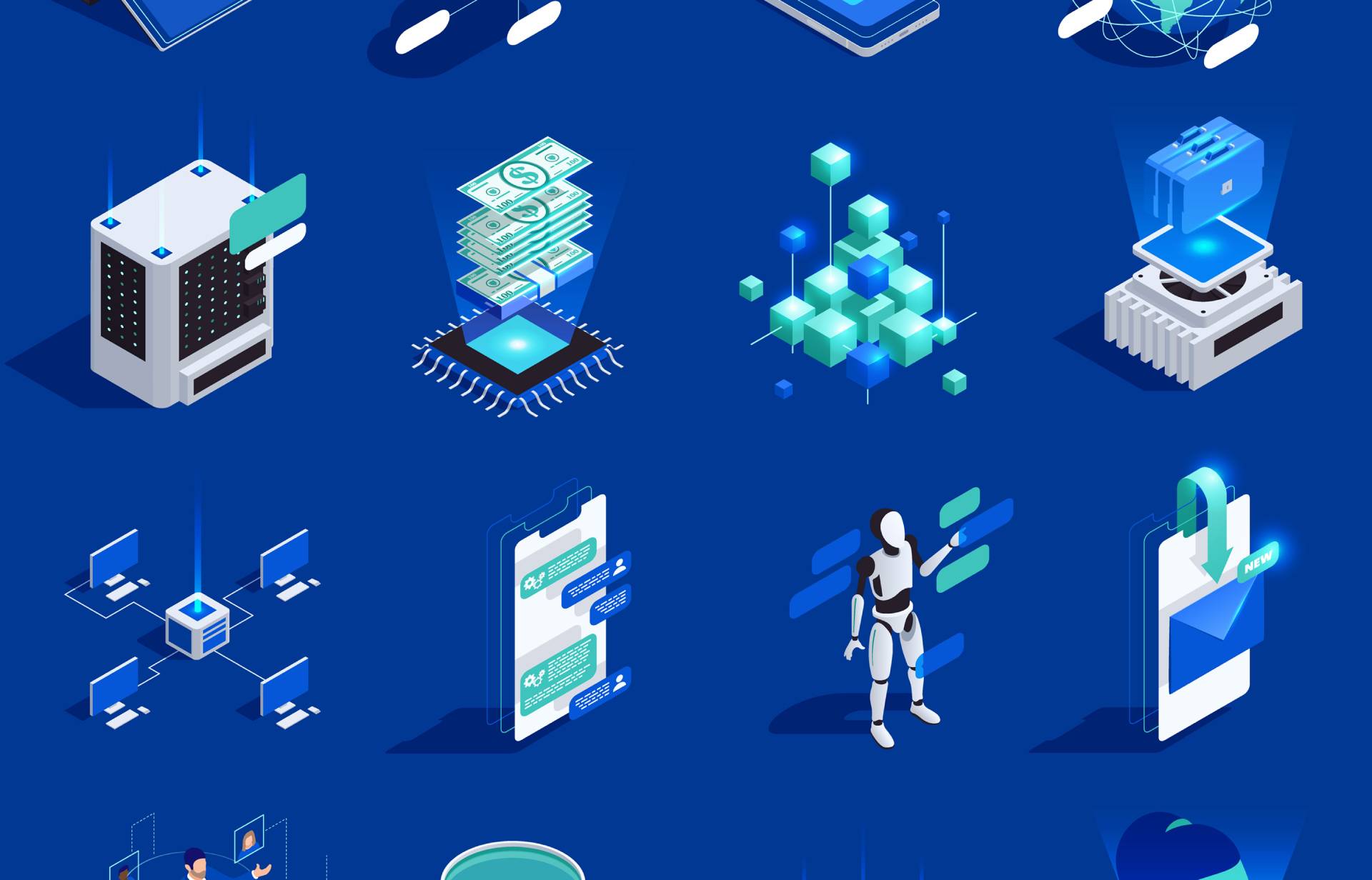
In the ever-evolving world of technology, the Internet of Things (IoT) has emerged as a transformative force. IoT is influencing every aspect of modern life, from smart homes and wearable tech to industrial automation and connected vehicles.
One of the most significant and ongoing shifts we’re witnessing is how IoT reshapes mobile app development. As businesses strive to stay connected, relevant, and ahead of the curve, integrating IoT into mobile apps has become more of a necessity than a trend.
In this post, we’ll explore how IoT impacts mobile app development, what it means for businesses and developers, and where the future is headed.
What is IoT and Why Does it Matter?
The Internet of Things refers to the network of physical devices—think thermostats, refrigerators, wearables, vehicles, and even factory machines—embedded with sensors and software to connect and exchange data over the internet.
The goal? Automation, efficiency, and real-time data insights.
What makes IoT particularly powerful is its ability to connect the physical and digital worlds. When combined with mobile technology, it opens the door for apps that don’t just function—they think, respond, and evolve.
The Impact of IoT on Mobile App Development
Let’s dive into the core ways IoT is redefining mobile app development:
1. Increased Demand for Real-Time Data Processing
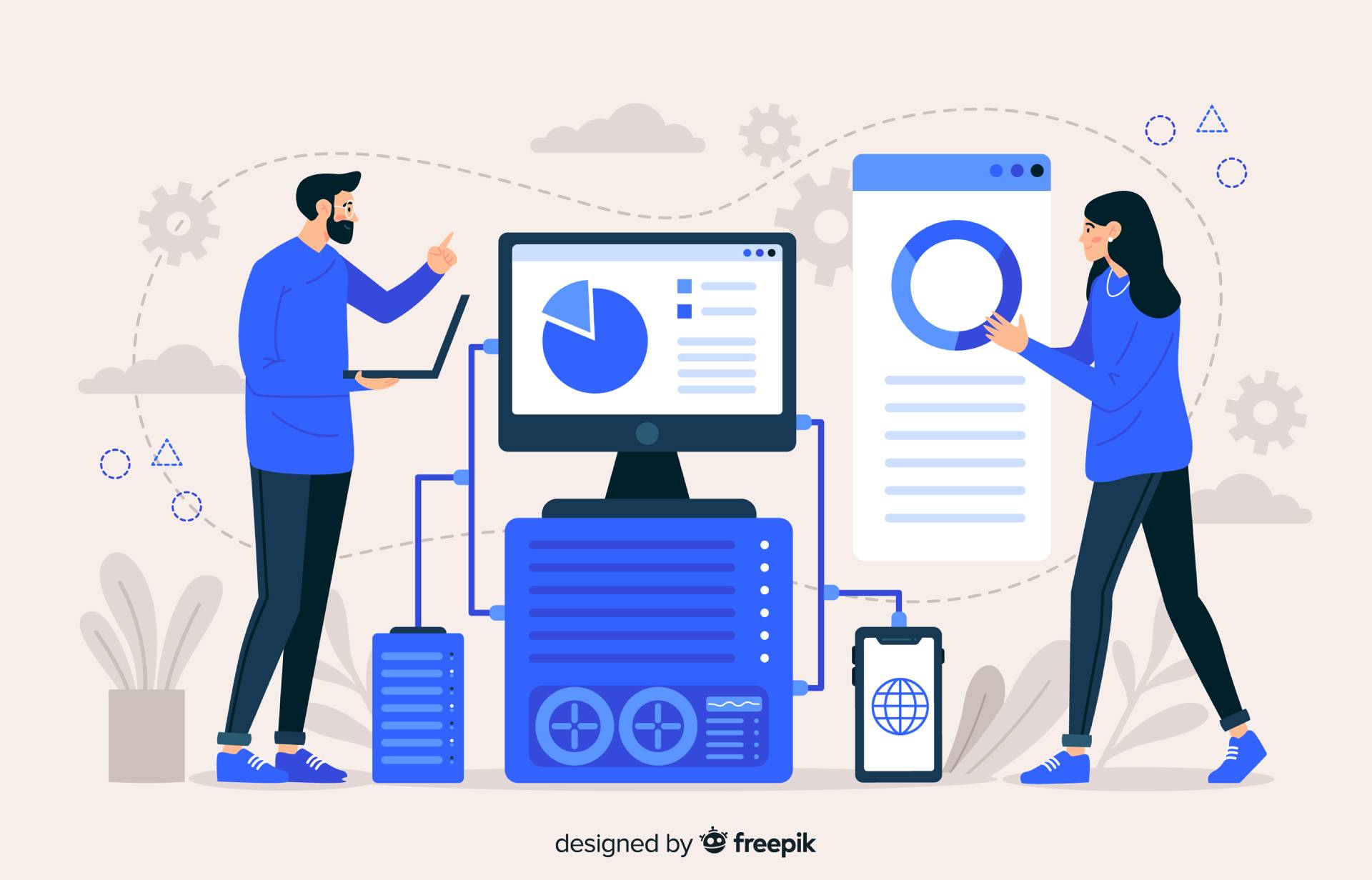
- IoT-powered applications are fundamentally built on the continuous flow of data collected from various sensors. These sensors monitor a wide array of metrics, such as temperature, location, motion, energy usage, health parameters, and more, gathering information every second.
- Consequently, these applications need to process substantial volumes of data in real-time to provide immediate feedback to users.
- For mobile app developers, this escalation necessitates the creation of highly responsive user interfaces paired with robust back-end systems capable of managing uninterrupted data streams. The focus shifts from static designs, which could suffice in traditional app development, to dynamic and data-driven architectures that rapidly adapt to incoming information.
2. Shift Toward Cross-Platform Development
- Given that IoT devices operate across diverse ecosystems—specifically iOS, Android, Windows, and proprietary embedded systems—ensuring cross-platform compatibility becomes paramount for developers.
- To meet these demands, developers increasingly favor frameworks such as Flutter, React Native, and Xamarin. These tools allow for consistent performance and a unified user interface across all platforms, enabling seamless interaction with a range of IoT devices and networks.
- This approach not only enhances user experience but also reduces time and costs in the development process.
3. Focus on Enhanced Security and Privacy
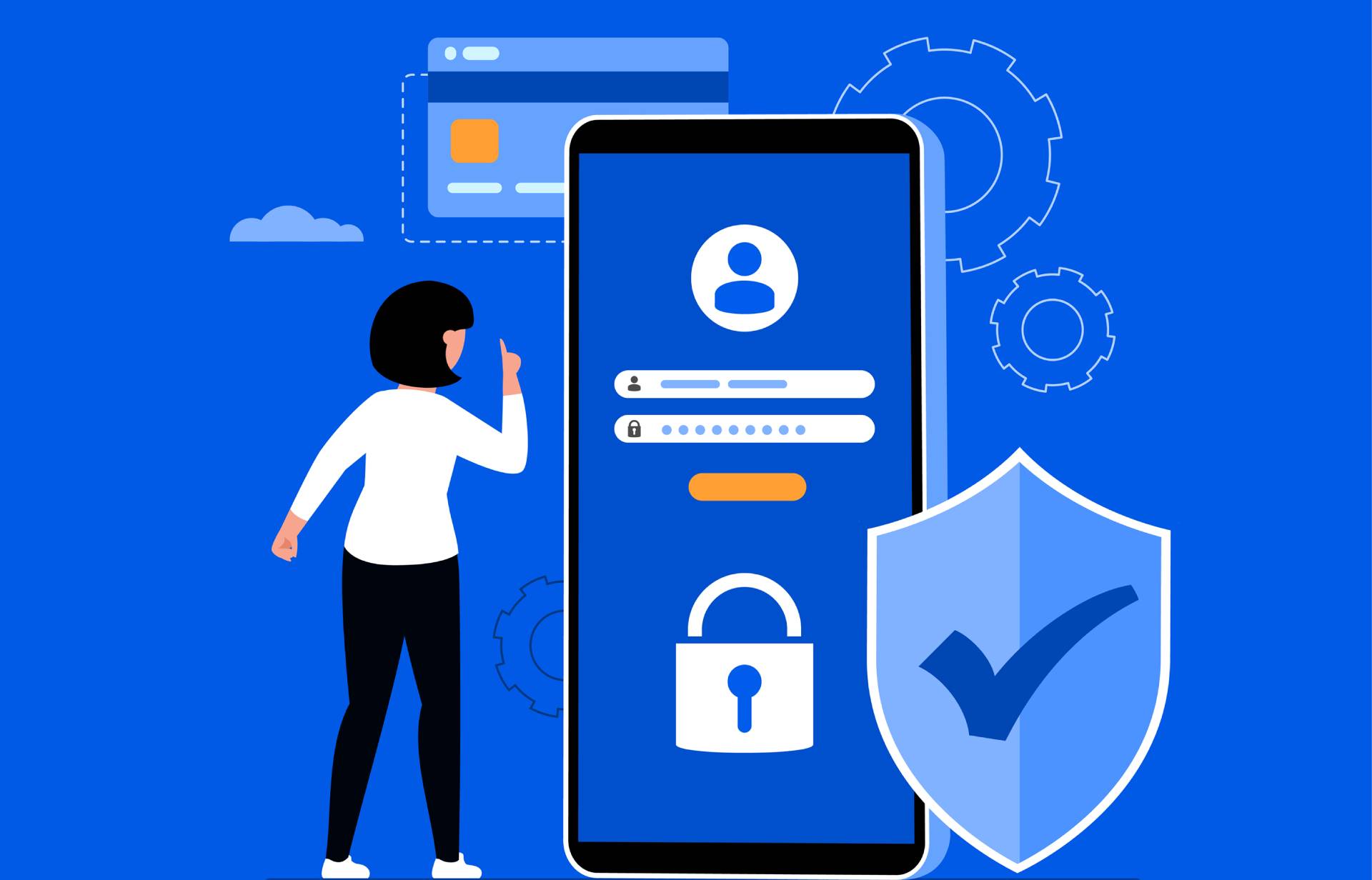
While security has long been a critical factor in mobile applications, the stakes are considerably higher in the IoT arena. As apps increasingly undertake responsibilities like controlling home locks, monitoring sensitive health data, or interfacing with vehicle systems, the potential consequences of security breaches become much more severe.
IoT app development now necessitates a rigorous security framework, which includes:
- End-to-end encryption: Protecting data sent between devices and servers.
- Multi-factor authentication: Requiring multiple verification methods to access sensitive features.
- Secure API integrations: Ensuring that APIs used to interact with other services or devices are adequately protected.
- Real-time threat detection: Continuously monitoring for potential security threats and responding swiftly.
App developers are now expected to embed cybersecurity measures at every stage of the development process, rather than treating it as an afterthought. Consequently, many Organizations are opting to hire dedicated cybersecurity professionals to protect user data right from the app's inception.
4. Smarter UI/UX for Connected Devices
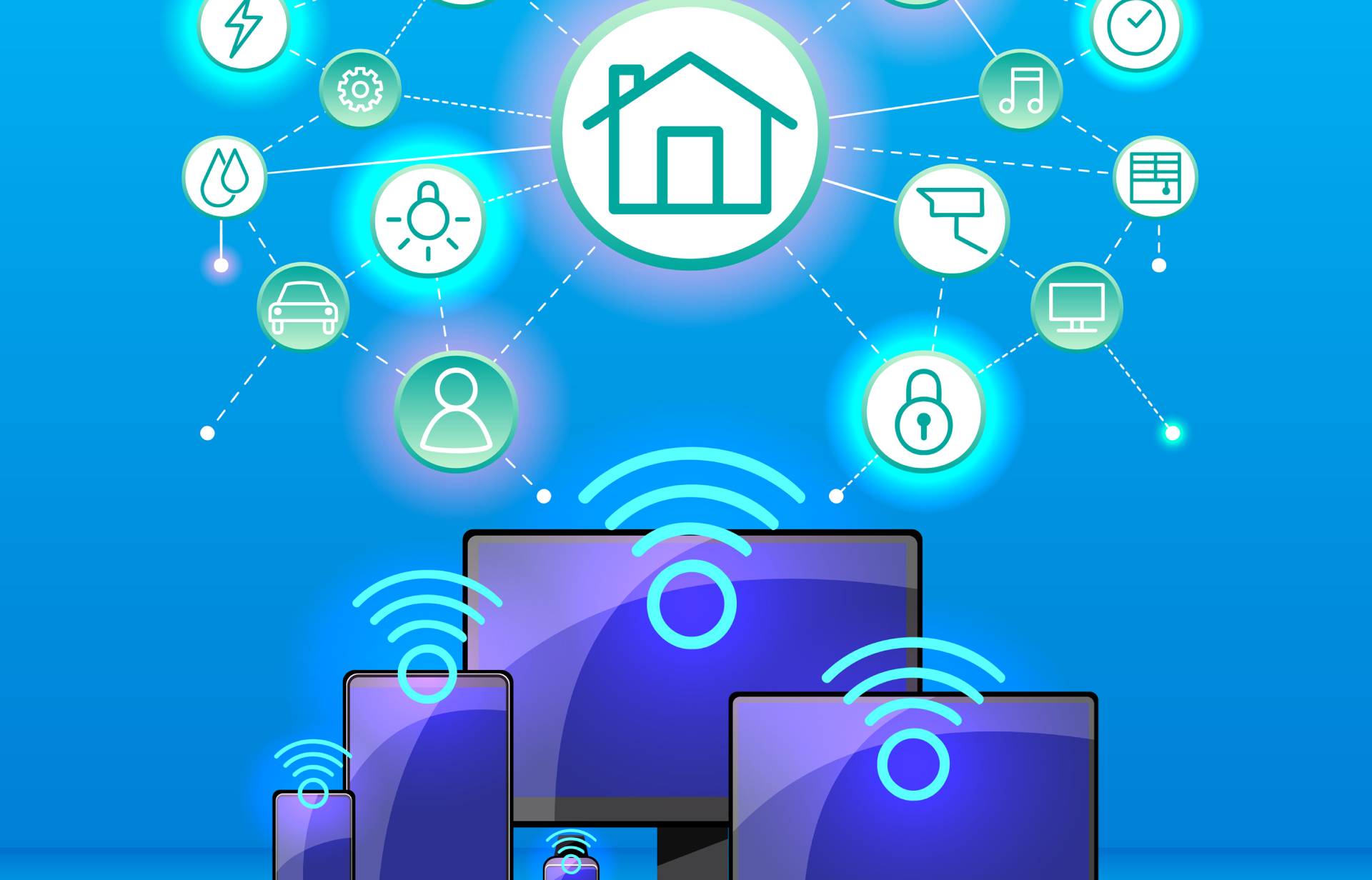
Starting a food delivery app development project needs a clear plan and a reliable partner. Here’s how the journey typically unfolds:
Developing IoT applications often involves navigating complex datasets and managing multiple connected devices. For instance, a smart thermostat might allow users to adjust temperature settings, monitor fan speed, set schedules, and even track air quality—all within a single app interface.
In light of this complexity, creating a user-friendly UI/UX is crucial. Mobile app developers are now prioritizing intuitive, minimalistic designs that facilitate easy navigation. Innovative interaction methods, such as voice commands, gesture controls, and touchless interfaces, are becoming increasingly popular, enhancing users' interactions with IoT-enabled devices.
5. Greater Use of Artificial Intelligence and Machine Learning
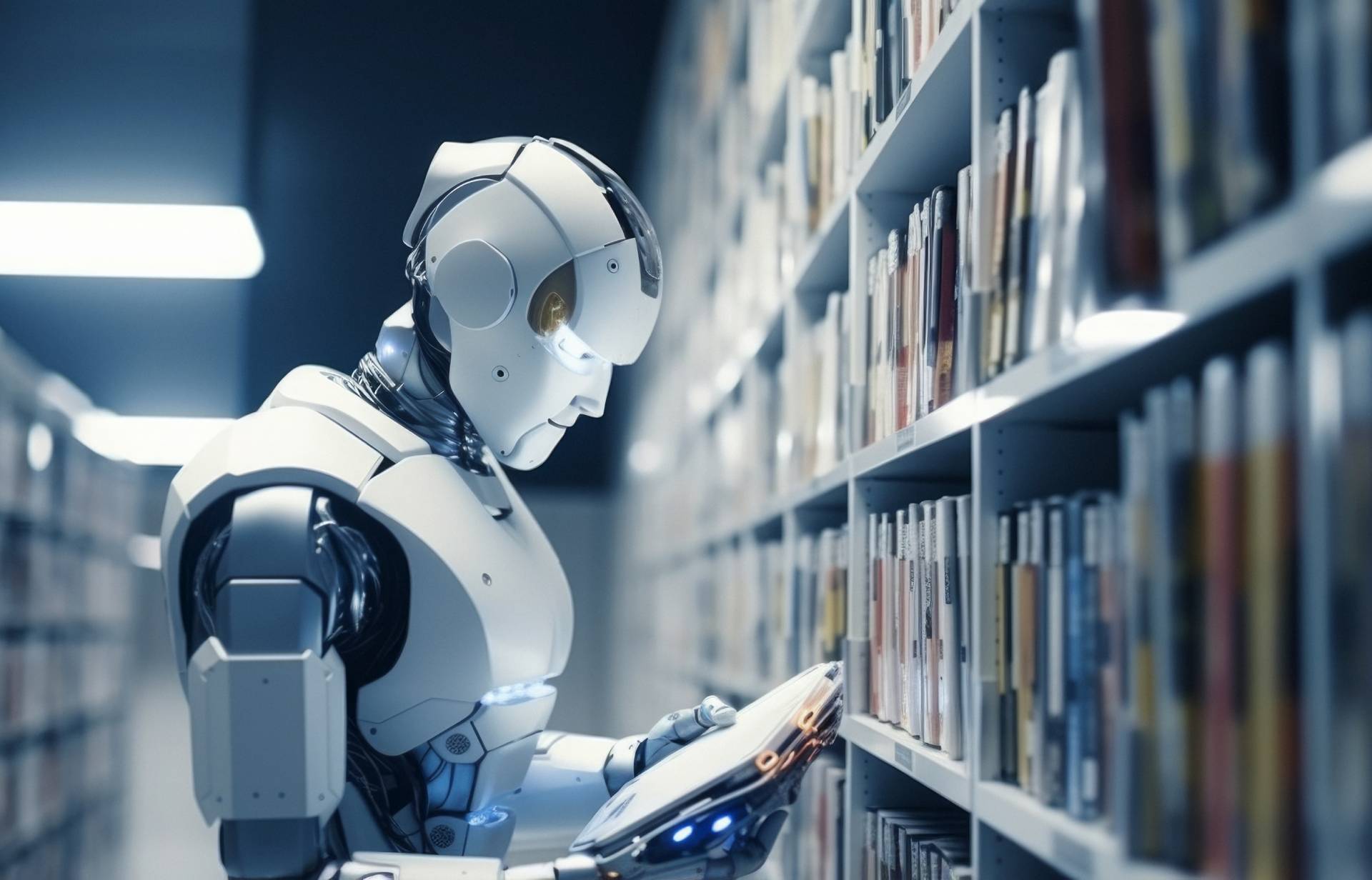
Artificial Intelligence (AI) and Machine Learning (ML) have become integral components of IoT applications. These technologies enable apps to analyze user behavior, learn from interactions, and optimize device performance accordingly.
For example:
- A fitness tracker might suggest personalized workouts based on past activity data.
- A smart refrigerator could proactively recommend recipes based on its inventory of ingredients.
- A connected car app can provide recommendations for less congested routes based on real-time traffic conditions.
For developers, the integration of machine learning models and AI algorithms into IoT mobile apps has transitioned from being an innovative option to a necessary feature, enhancing the intelligent capabilities of applications.
6. Cloud Integration is a Non-Negotiable
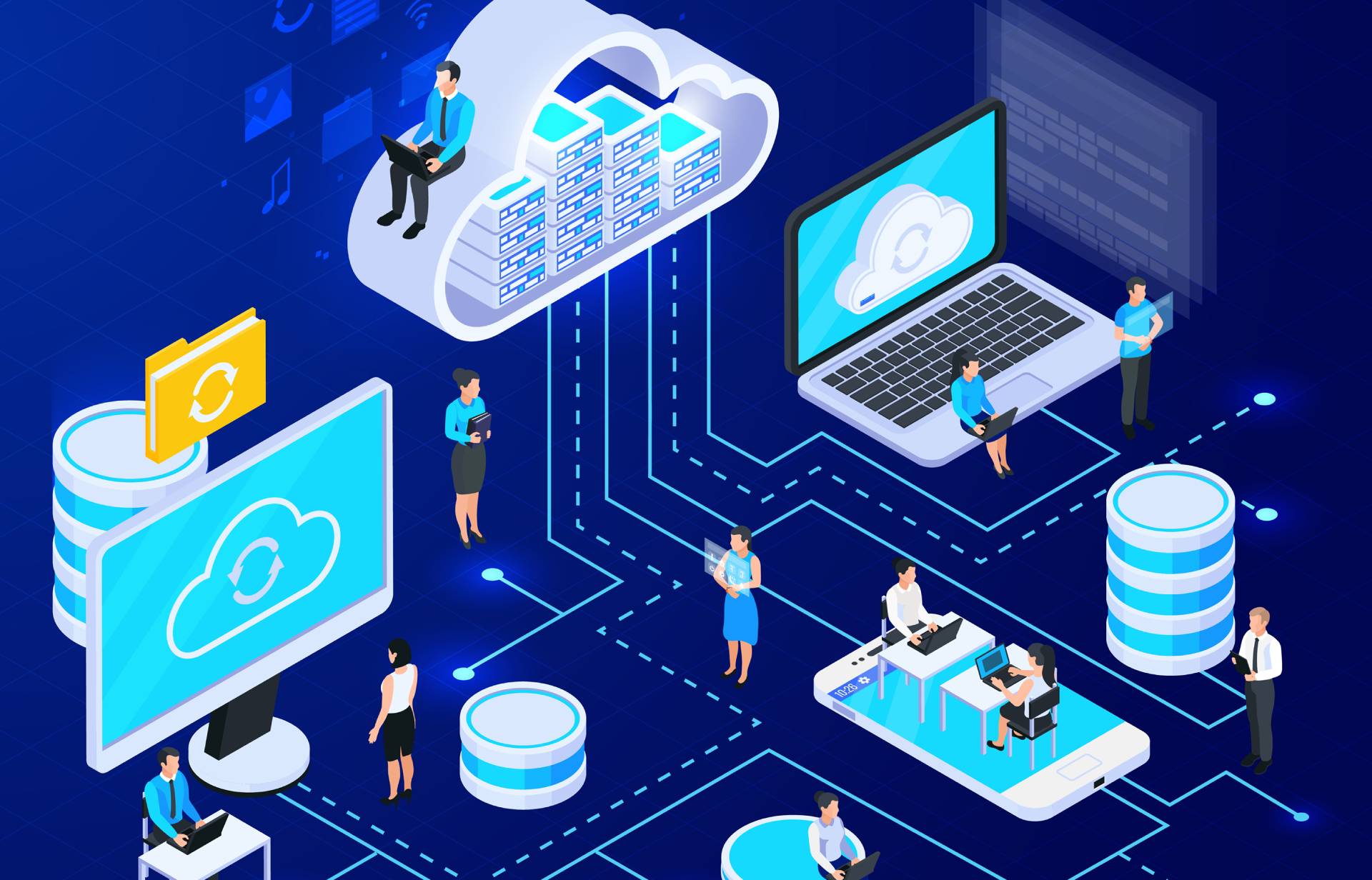
The sheer volume of data generated by IoT devices necessitates the use of cloud infrastructure for efficient storage, processing, and retrieval. Mobile apps now require seamless integration with cloud platforms such as AWS, Google Cloud, and Microsoft Azure to facilitate data management effectively.
This integration allows users to access data from various devices anytime and anywhere, reinforcing the advantages of mobility and scalability while ensuring data security.
7. Customized Notifications and Smart Alerts
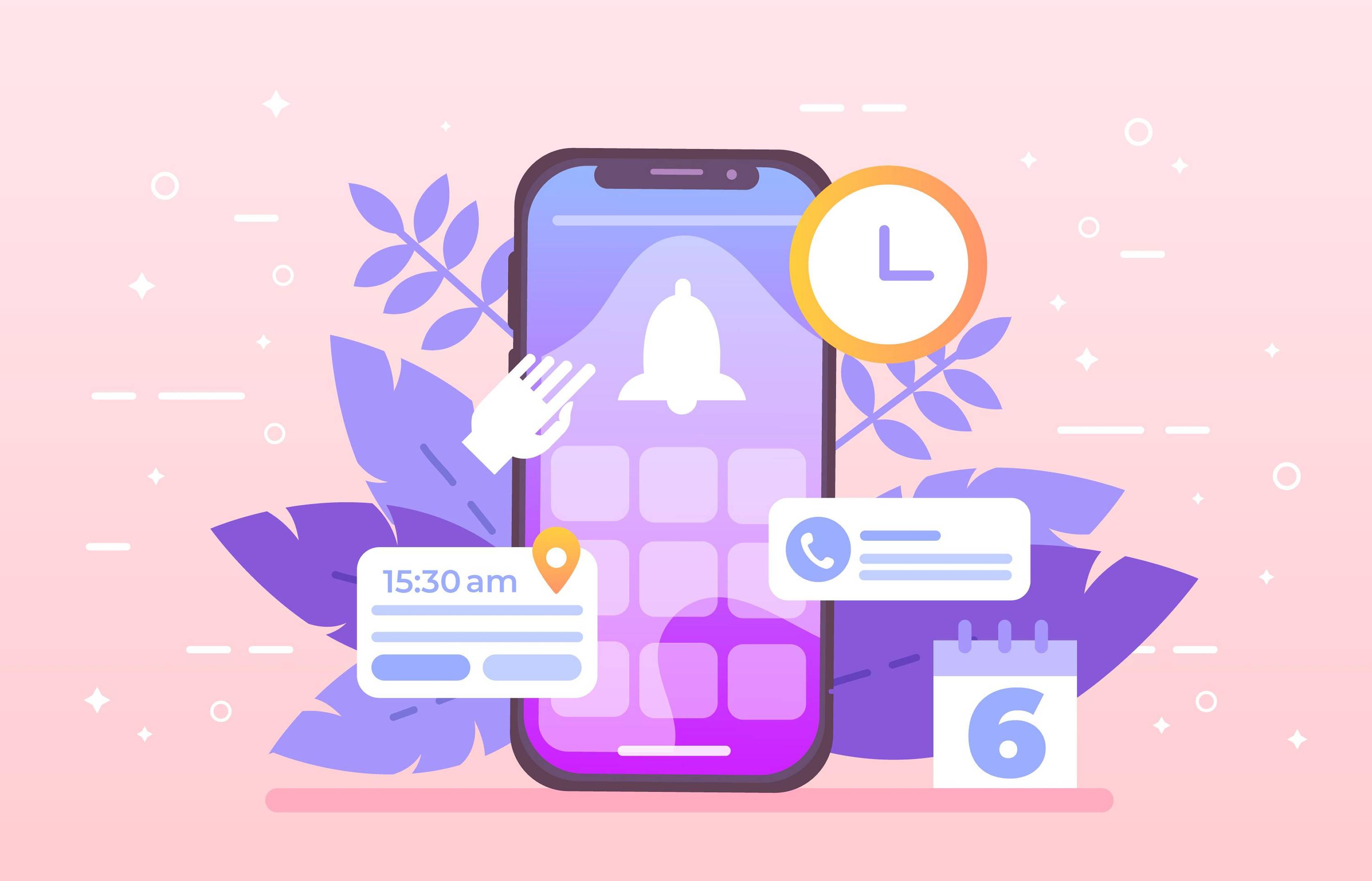
IoT applications are not merely passive tools; they actively engage users by providing timely notifications, updates, and actionable suggestions. Instead of waiting for users to initiate interaction, these apps proactively inform users about important events or changes.
For instance, a car maintenance app could remind users when their vehicle is due for an oil change. Smart home systems may alert users if a door is left unlocked, or healthcare apps might notify users about irregular heart rate readings.
Developers are increasingly incorporating intelligent notification systems that are personalized, context-aware, and geared towards prompting meaningful user actions.
Real-World Applications of IoT in Mobile Apps
IoT-powered mobile applications are already making substantial contributions across various industries. Here are a few notable examples:
- Healthcare: Applications linked to wearables, such as smartwatches, constantly monitor vital signs, track medication schedules, and can even alert healthcare providers during emergencies.
- Agriculture: Farmers utilize mobile apps to remotely control irrigation systems, monitor soil conditions, and enhance crop yields through timely and precise sensor feedback.
- Retail: IoT-enabled mobile apps assist in managing smart shelves, monitoring inventory levels in real time, and offering personalized shopping experiences based on customer behavior.
- Logistics: Features such as real-time GPS tracking, fuel consumption monitoring, and route optimization can all be managed through a consolidated mobile interface, enhancing efficiency and visibility in supply chains.
- Smart Homes: Applications that control lighting, climate, security systems, and home appliances have become essential for modern living, enabling users to manage their homes conveniently from their smartphones.
What This Means for Businesses
For business owners and startups, integrating IoT with mobile app development presents a unique competitive advantage. Here are compelling reasons to invest in IoT-based app development:
- Enhanced Customer Engagement: Personalized features driven by real-time data can significantly boost customer engagement and satisfaction.
- Operational Efficiency: Automation of processes leads to improved efficiency, reducing operational costs and human error.
- Valuable Insights: Real-time data analytics can provide actionable insights that empower businesses to make informed decisions quickly.
- Innovative Offerings: Companies can differentiate themselves in the market with innovative products and services that leverage IoT capabilities.
Forging a partnership with a skilled IoT mobile app development company can turn your business idea into a connected reality, backed by scalable architectures and security-compliant frameworks.
The Future of Mobile App Development with IoT
The IoT market is projected to grow exponentially, transforming both technology and consumer expectations. As more devices become interconnected, the demand for sophisticated and user-friendly mobile applications will only increase.
As developers look ahead, adapting to new trends and technologies will be crucial for creating effective, secure, and engaging IoT applications, shaping the future of the mobile app development landscape.
Conclusion
The integration of IoT in mobile app development is no longer a futuristic concept—it's happening right now. From enhancing user experiences to enabling smarter analytics and real-time automation, IoT is revolutionizing how apps are designed, built, and used. Businesses that embrace this transformation are better positioned to meet evolving customer demands and stay ahead of the competition.
At CQLSYS Technologies, we specialize in crafting intelligent, IoT-enabled mobile applications tailored to your specific industry needs. With over 11 years of experience in mobile app development and emerging technologies, our team helps startups and enterprises build scalable, secure, and innovative digital solutions that align with future trends. Let’s bring your IoT vision to life—contact us today to get started.
